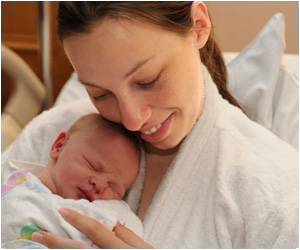Noninvasive near-infrared spectroscopy (NIRS), commonly used to gauge tissue oxygenation can now indicate problems associated with vital signs in premature babies.

‘There is an important correlation between brain-body oxygen saturation level and premature baby's vital signs that are usually measured in neonatal intensive care. Saturation increased with blood pressure for low weight babies and decreased with blood pressure for medium weight babies.’





A research team led by Khodayar Rais-Bahrami, M.D., a neonatologist at Children's National Health System, investigated this question in 27 babies admitted to Children's NICU. The researchers separated these subjects into two groups: Low birth weight (LBW, less than 1.5 kg or 3.3 pounds) and moderate birth weight (MBW, more than 1.5 kg). Then, they looked for correlations between information extracted from NIRS, such as tissue oxygenation (specific tissue oxygen saturation, StO2) and the balance between oxygen supply and consumption (fractional tissue oxygen extraction, FTOE), and various vital signs.
They found that StO2 increased with blood pressure for LBW babies but decreased with blood pressure for MBW babies. Brain and body FTOE in LBW babies decreased with blood pressure. In babies with abnormal brain scans, brain StO2 increased with blood pressure and brain FTOE decreased with blood pressure. Together, the researchers suggest, these measures could give a complete picture of critically ill babies' health.
Source-Eurekalert









